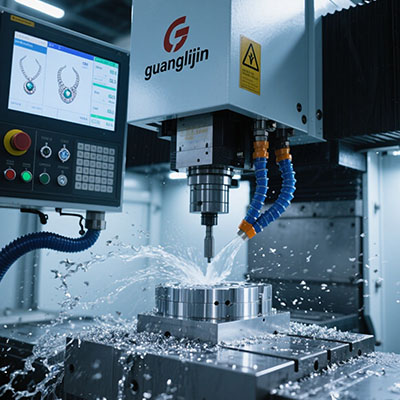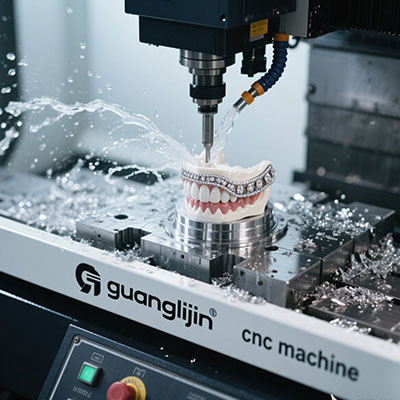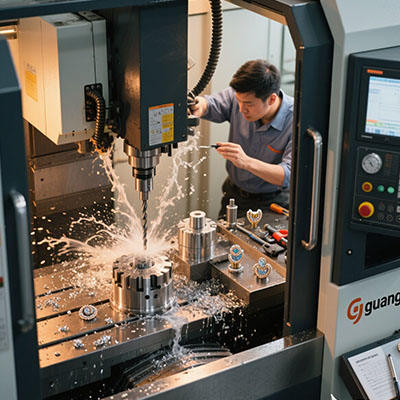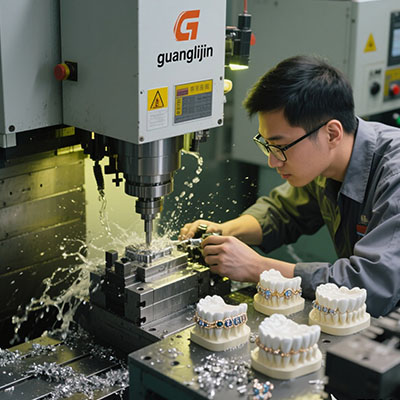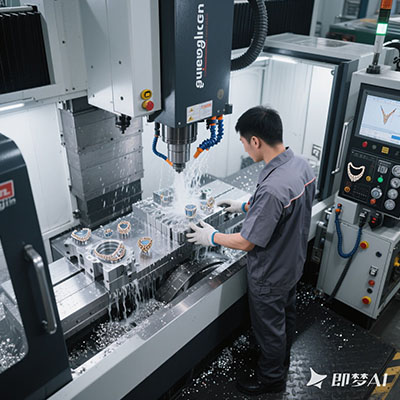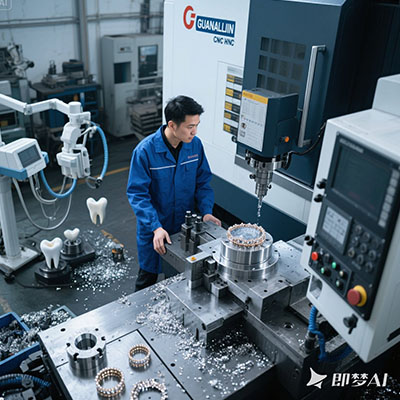How to Choose Precision Bridge Milling Machines with CNC Control?
The Precision Advantage of Bridge-Type Mills
When micron-level accuracy matters, bridge milling machine designs outperform gantry mills in thermal stability. Their symmetrical structure minimizes thermal distortion during long operations.
Surprisingly, modern CNC bridge mills achieve positioning accuracy under 5 microns – comparable to jig borers (Precision Engineering Journal, 2025). This makes them ideal for aerospace components.
Key Selection Criteria Compared
| Feature | Standard Models | Precision Models |
|---|---|---|
| Positioning Accuracy | 0.02mm | 0.005mm |
| Spindle Runout | 5μm | 1μm |
| Thermal Compensation | Basic | Multi-point AI-controlled |
⚠ Warning: Don’t confuse repeatability with accuracy. We tested a “high-precision” machine last year that couldn’t hold tolerance after thermal cycles.
5-Step Selection Process
1. Define Your Tolerance Requirements
Aerospace might need ±0.005mm, while automotive often accepts ±0.02mm. Know your actual needs before shopping.
2. Evaluate Thermal Control Systems
Look for machines with at least 8 temperature sensors and active cooling on ballscrews. This matters more than you’d think.
3. Check Vibration Dampening
Precision bridge mills should have polymer-concrete bases or active vibration cancellation. Standard cast iron often falls short.
4. Verify Measurement Systems
Glass scales beat rotary encoders for precision. Heidenhain’s 0.001mm resolution scales are the gold standard.
5. Test Actual Performance
Always machine test parts. Our team found one “precision” model that drifted 0.01mm during simple face milling.
Control System Considerations
Not all CNC systems are equal for precision work. Siemens 840D and Fanuc 31i-B offer advanced compensation algorithms.
Interestingly, proper CNC tuning can improve accuracy by 30% on the same hardware (Control Engineering, 2025). Don’t overlook this.
Common Precision Pitfalls
Mistake #1: Ignoring ambient temperature. Even 2°C fluctuations affect accuracy. Climate control is essential.
Mistake #2: Using standard tool holders. For precision work, invest in hydraulic or shrink-fit holders.
Precision Maintenance Checklist
- □ Daily: Check coolant temperature (±1°C)
- □ Weekly: Verify way lube pressure
- □ Monthly: Re-calibrate probes
- □ Quarterly: Laser-check alignment
- □ Annually: Replace spindle bearings
Frequently Asked Questions
What accuracy can I expect from a high-end CNC bridge milling machine?
The best models achieve ±0.002mm positioning accuracy with thermal compensation enabled.
How does bridge mill precision compare to jig boring machines?
Modern precision bridge mills now match jig borers for accuracy while offering much greater versatility.
What are the best CNC controls for precision bridge-type milling?
Siemens 840D Solution Line and Heidenhain TNC640 currently lead in precision compensation features.
How important is foundation for precision bridge mills?
Critical – isolation foundations are recommended, with some manufacturers requiring 3m deep concrete.
Can you retrofit older bridge mills for precision work?
Limited upgrades are possible (scales, spindles), but base machine rigidity ultimately determines potential.
